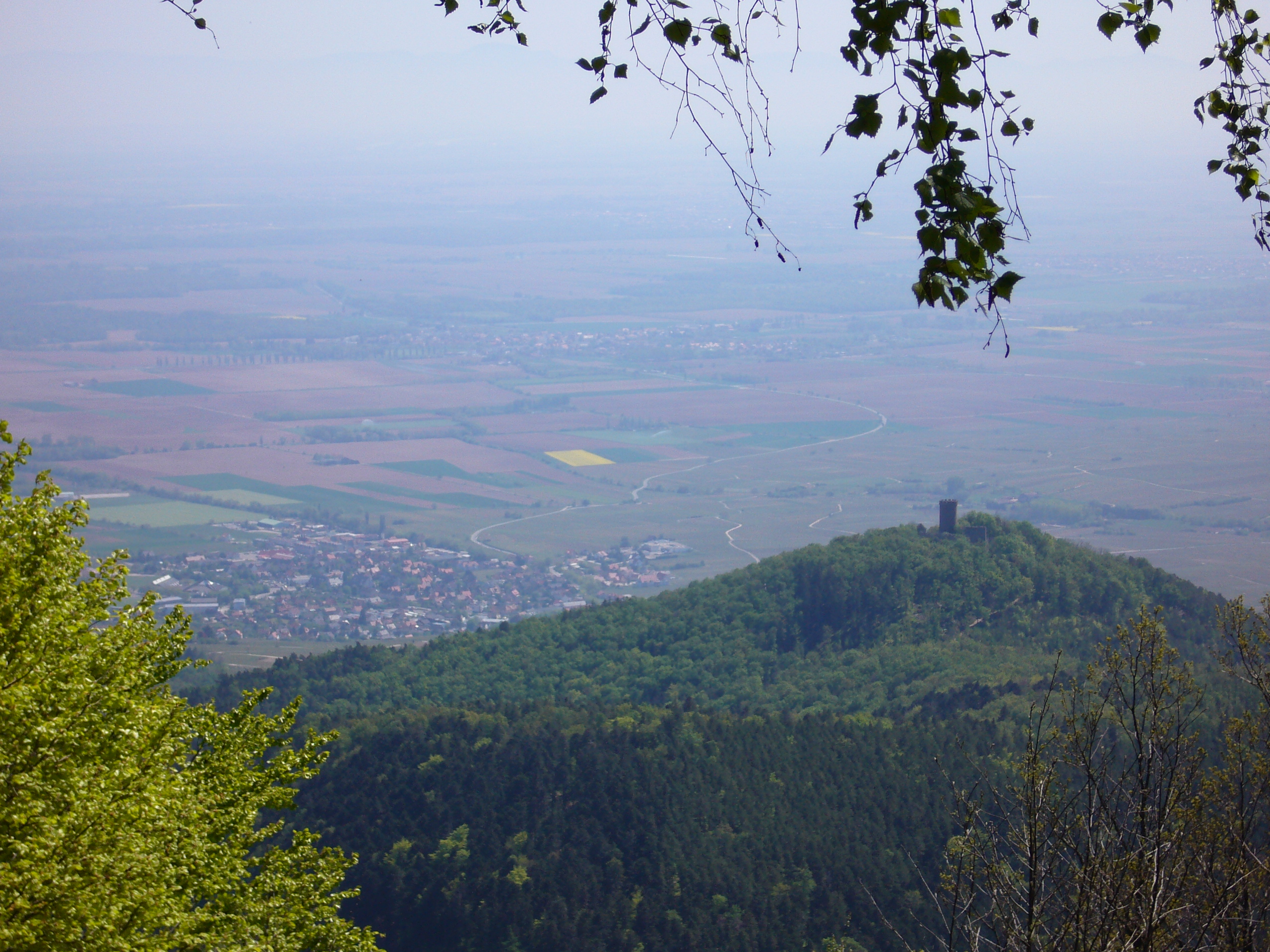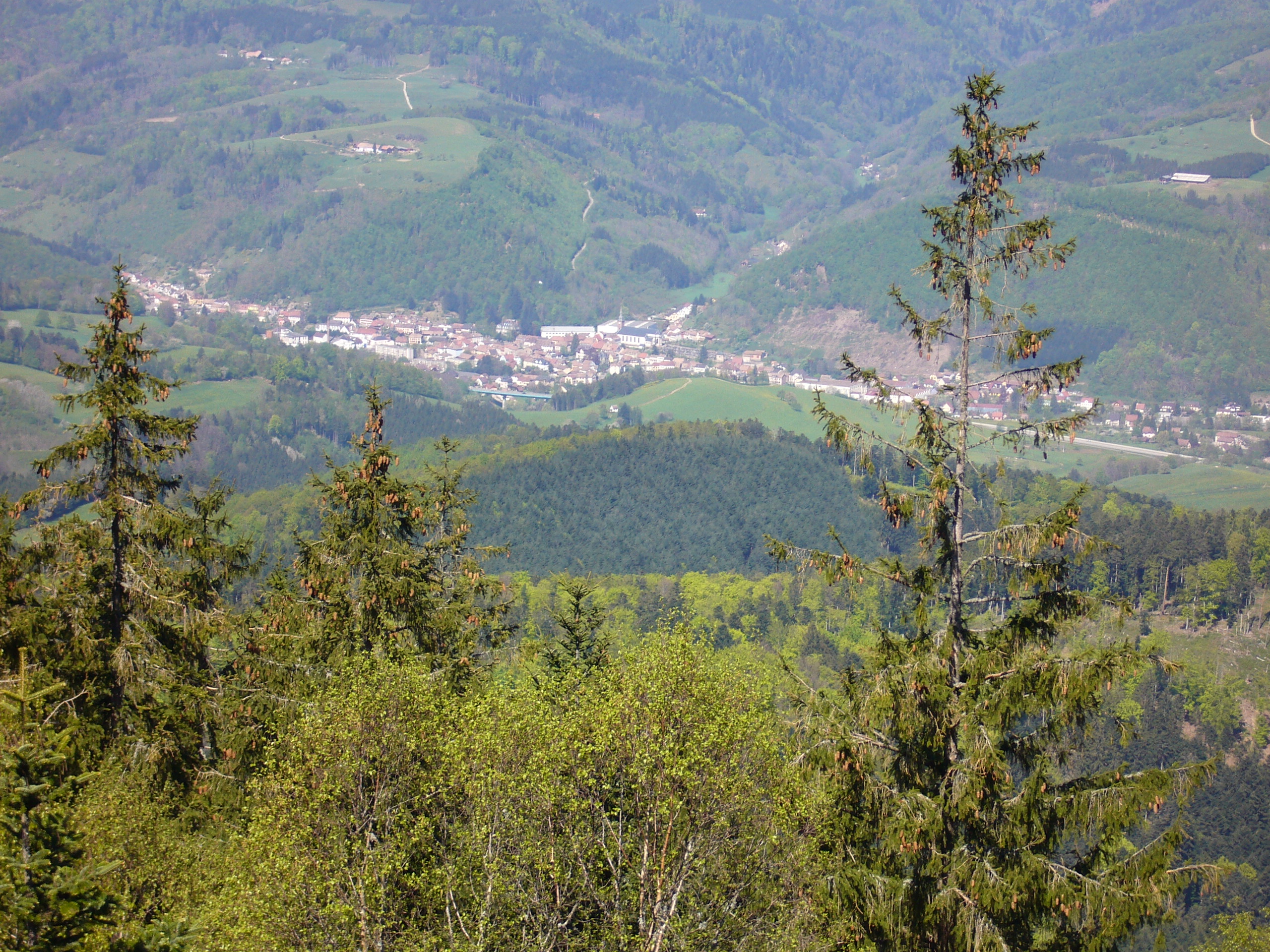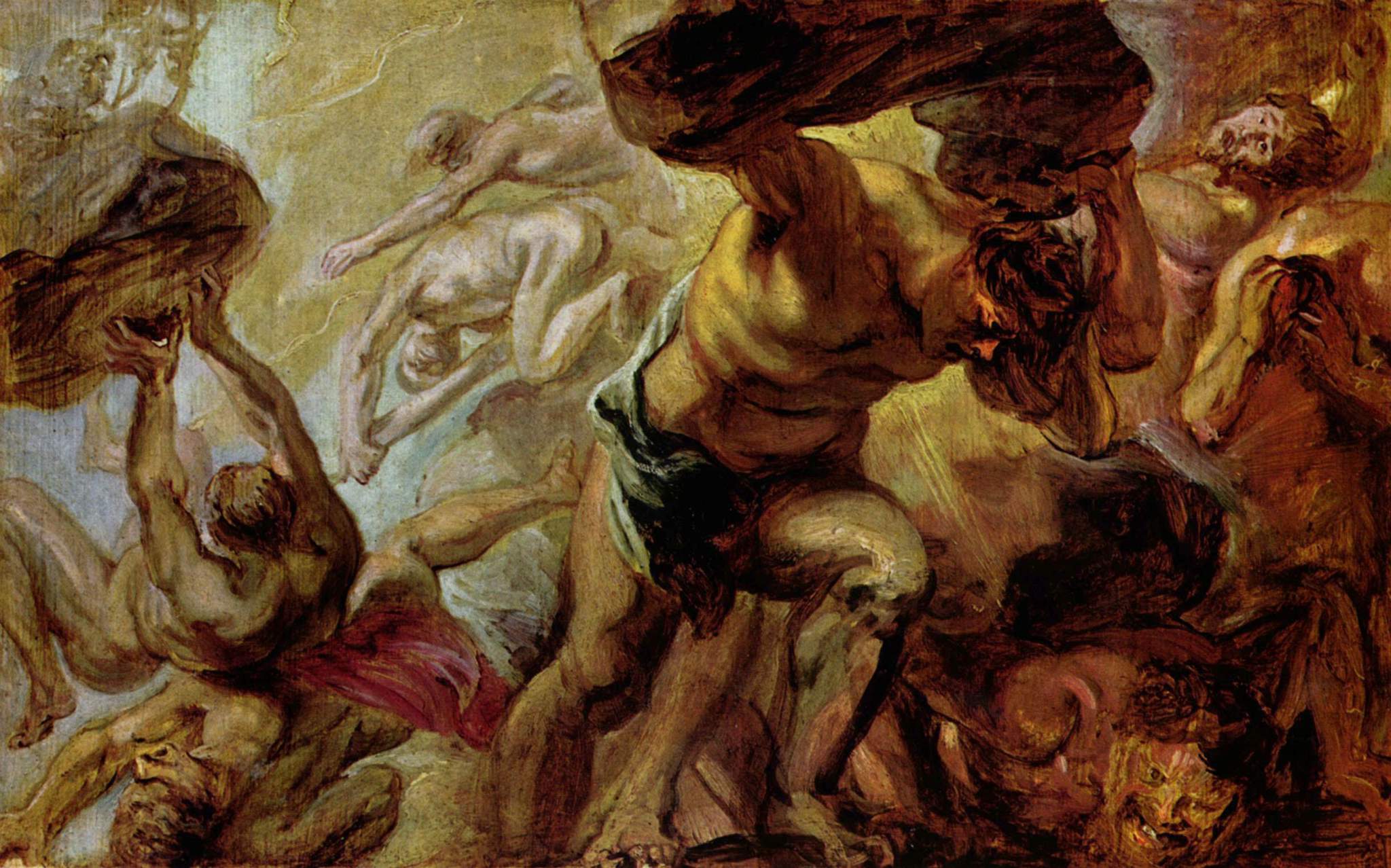Taennchel on:
[Wikipedia]
[Google]
[Amazon]
 The Taennchel is one of the summits of the
The Taennchel is one of the summits of the
 The peak of the mountain, situated opposite to the Haut-Koenigsbourg, in the massif des Vosges, separates the valley of
The peak of the mountain, situated opposite to the Haut-Koenigsbourg, in the massif des Vosges, separates the valley of  North-West can be reached the forest area of the Hury (named in old documents ''Jefurthe'') which belong to
North-West can be reached the forest area of the Hury (named in old documents ''Jefurthe'') which belong to

Vosges Mountains
The Vosges ( , ; german: Vogesen ; Franconian and gsw, Vogese) are a range of low mountains in Eastern France, near its border with Germany. Together with the Palatine Forest to the north on the German side of the border, they form a single ...
, rising to . The Taennchel rises at the East of France
France (), officially the French Republic ( ), is a country primarily located in Western Europe. It also comprises of overseas regions and territories in the Americas and the Atlantic, Pacific and Indian Oceans. Its metropolitan area ...
, in the département of Haut-Rhin
Haut-Rhin (, ; Alsatian: ''Owerelsàss'' or '; german: Oberelsass, ) is a department in the Grand Est region of France, bordering both Germany and Switzerland. It is named after the river Rhine. Its name means ''Upper Rhine''. Haut-Rhin is th ...
(region Alsace
Alsace (, ; ; Low Alemannic German/ gsw-FR, Elsàss ; german: Elsass ; la, Alsatia) is a cultural region and a territorial collectivity in eastern France, on the west bank of the upper Rhine next to Germany and Switzerland. In 2020, it had ...
), halfway between Strasbourg to the North and Mulhouse
Mulhouse (; Alsatian: or , ; ; meaning '' mill house'') is a city of the Haut-Rhin department, in the Grand Est region, eastern France, close to the Swiss and German borders. It is the largest city in Haut-Rhin and second largest in Alsace a ...
to the South, around from both cities.
The general area around the crest, which is 6 km long, is enigmatic. The ground is strewn with rocks and various inscriptions, many of them undeciphered and remaining mysterious. Another curiosity is the "pagan wall" which covers its sides and whose origin is unknown.
The summit shelters numerous vegetable and animal species, including the lynx, which was reintroduced to the area during the 20th century.
Geography
Location
Ribeauvillé
Ribeauvillé (; Alsatian: ''Rappschwihr''; ) is a commune in the Haut-Rhin department in Grand Est in north-eastern France. It was a sub-prefecture of the department until 2015.
Its inhabitants are called ''Ribeauvillois''.
Geography
The ...
from the val de Lièpvre on a surface of about 800 hectares. On the north-east of the Taennchel hides the village of Thannenkirch, and south from the mountain can be reached the old glass arts of the Ribeaupierre which overhang the rocky blocks of the Mittelberg
Mittelberg is a municipality in the district of Bregenz in the Kleinwalsertal,in the Austrian state of Vorarlberg. It is accessible by road only from Germany.
Geography
The town of Mittelberg lies in the Kleinwalsertal, a valley that is access ...
(about 600 metres), the Venuskopf and the Schelmenkopf (905 m). The Taennchel is one of the summits which, from west to east, make up the continental divide between the basin of the Liepvrette up north and the one of the Strengbach down south. It's a huge mountain, its sides are widely open and strongly backed up on the side of the valley of the Liepvrette, while on the opposite side towards Ribeauvillé, it hollows out vertically in a grandiose cirque around the small twin valleys of the Big and Little Glass Art. The Taennchel has the shape of a crescent
A crescent shape (, ) is a symbol or emblem used to represent the lunar phase in the first quarter (the "sickle moon"), or by extension a symbol representing the Moon itself.
In Hinduism, Lord Shiva is often shown wearing a crescent moon on his ...
extending on almost 4 kilometers from the rock of the Rammelstein which is 988 meters high to the mountain which overhangs the low Taennchel from where can be seen the three ruined castles belonging to the sires of Ribeaupierre : Haut-Ribeaupierre, Saint-Ulrich and Girsberg.
Sainte-Croix-aux-Mines
Sainte-Croix-aux-Mines (; ; gsw-als, Sànkriz) is a commune in the Haut-Rhin department in Grand Est in north-eastern France. It is part of the arrondissement of Colmar-Ribeauvillé.
Coal mines were operating in the village until 1849.
Ge ...
. The forests of the Hury, Hinterwald and Kaelblin were part of the goods of the priory of Lièpvre until the high Middle Age as shown by the Charlemagne
Charlemagne ( , ) or Charles the Great ( la, Carolus Magnus; german: Karl der Große; 2 April 747 – 28 January 814), a member of the Carolingian dynasty, was King of the Franks from 768, King of the Lombards from 774, and the first ...
charter signed in 774. Then the Hinterwald and the Kaelblin were taken up by the Alsatian neighbours following the change of those villages landlords, hence frequent frictions between the monks of Saint-Denis' abbey and the Alsatian towns. Those disputes poisoned relations between Alsace and Saint-Denis' abbey and also the Duchy of Lorraine until 1718.
Aside the North-East point rises the Rock of Crows which dominates an abrupt side and lets appear rocks with strange and impressive bends. A bit farther stands the Rock-shelter with the shape of a cave. The Pointed Rock (or Sharp Rock) looks like a seated boar
The wild boar (''Sus scrofa''), also known as the wild swine, common wild pig, Eurasian wild pig, or simply wild pig, is a suid native to much of Eurasia and North Africa, and has been introduced to the Americas and Oceania. The species is ...
. Bad weather, winds and storms gnawed at its outward side, letting visible quartzite
Quartzite is a hard, non- foliated metamorphic rock which was originally pure quartz sandstone.Essentials of Geology, 3rd Edition, Stephen Marshak, p 182 Sandstone is converted into quartzite through heating and pressure usually related to tec ...
stones of several colours. Not far from this place stand cracked rocks, made of huge units and a bit farther can be seen the beginning of the pagan wall.
According to tradition this place was dedicated to hunting, and the Lords of Ribeaupierre shut away and fed there stags and does. However this place was not intended for such a use, for the reason that its wall isn't closed and could never have been built for that use.
Hydrology
There are three sources south of the massif that supply with water the Ilbach and the Beam of the Petite Verrerie and an eastern source from which waters all flow into the Strengbach upstream fromRibeauvillé
Ribeauvillé (; Alsatian: ''Rappschwihr''; ) is a commune in the Haut-Rhin department in Grand Est in north-eastern France. It was a sub-prefecture of the department until 2015.
Its inhabitants are called ''Ribeauvillois''.
Geography
The ...
.
At North, the number of harnessed sources is the most important and they supply with water the Liepvrette.
Geology
The Taennchel stands on a basis ofgneiss
Gneiss ( ) is a common and widely distributed type of metamorphic rock. It is formed by high-temperature and high-pressure metamorphic processes acting on formations composed of igneous or sedimentary rocks. Gneiss forms at higher temperatures a ...
from Precambrian, its base is made of granite
Granite () is a coarse-grained ( phaneritic) intrusive igneous rock composed mostly of quartz, alkali feldspar, and plagioclase. It forms from magma with a high content of silica and alkali metal oxides that slowly cools and solidifies under ...
from the upper Carboniferous (about 300 million years) and is covered with a strong sheet of sandstone
Sandstone is a clastic sedimentary rock composed mainly of sand-sized (0.0625 to 2 mm) silicate grains. Sandstones comprise about 20–25% of all sedimentary rocks.
Most sandstone is composed of quartz or feldspar (both silicates ...
from the Triassic
The Triassic ( ) is a geologic period and system (stratigraphy), system which spans 50.6 million years from the end of the Permian Period 251.902 million years ago (Year#Abbreviations yr and ya, Mya), to the beginning of the Jurassic Period 201.36 ...
(about 200 million years) which wraps in horizontal layers the summits and the sides of the mountain
A mountain is an elevated portion of the Earth's crust, generally with steep sides that show significant exposed bedrock. Although definitions vary, a mountain may differ from a plateau in having a limited summit area, and is usually highe ...
.
Etymology
Some say that the "Thannen" fir would have given its name to the massif of Taennchel ; other say it would come from ''Tan'' or ''Taen'' which meansoak
An oak is a tree or shrub in the genus ''Quercus'' (; Latin "oak tree") of the beech family, Fagaceae. There are approximately 500 extant species of oaks. The common name "oak" also appears in the names of species in related genera, notably ''L ...
bark.
According to Robert Forrer, a famous archaeologist who studied the Mont Sainte-Odile between 1898 and 1899 and published several books or articles devoted to medieval time, "Taennchel" would come from the Gallic word ''dunon'' or ''dunom'' which meansfortified wall.Adolphe Landspurg, ''Haut-lieux d'énergie : Alsace, Vosges - Forêt-Noire'', page 140
The name "Taennchel" was first quoted in an archive document from 1357. Its name appears then under various spellings : ''Taennchel'' in 1441, ''Thennichel'' in 1473, ''Dannchel'' in 1538, ''Tenchel'' in 1416, ''Thaennchel'', ''Tannchel'', ''Dannichel'', ''Taennchel'', ''Tännel'' in 1871 and ''Taennchel'' starting to 1918.
The famous rocks

See also
Bibliography
* Armand Hampé, ''Du haut des sommets vosgiens, guide panoramique et géologique'', Éditions Coprur, Strasbourg, 2001 * Guy Trendel, ''Le Taennchel, la montagne aux mystères'', Éditions Coprur, 1994 * L.G Werner, ''Contribution à l'étude du Taennchel'', Bulletin de la Société Industrielle de Mulhouse, 1927 * Fritz Kessler, ''Les murs dits païens de l'Alsace'', Bulletin de la Société Industrielle de Mulhouse, 1913 * Adolphe Landspurg : ''Hauts-lieux d'énergie, Alsace - Vosges - Forêt-Noire'', Éditions du Rhin, Strasbourg, 2000 * André Philippe Grandidier, ''Histoire ecclésiastique, militaire, civile et littéraire de la province Alsace'', Argentorati, Lrenzii et Schulerii (Tome I) et Levrault (Tome II), 1787 * Christophe Carmona, Bernard Riebel, Marc Schultz, ''Haut-Koenigsbourg, Frankenbourg, Taennchel, triangle tellurique'', I.D L'Édition, Rosheim, 2005, * ''Les 120 ans du Club vosgien'', numéro spécial, 67 pages, N° 7, décembre 1992 (Cercle de Recherches Historiques de Ribeauvillé et environs) * Félix Voulot, ''A.B.C. d'une Science nouvelle : Les Vosges avant l'histoire'', Veuve Bader et Cie, Mulhouse, 1872 * ''Les bornes armoriées du ban de Ribeauvillé - Pierres remarquables et histoires insolites'', Revue historique de Ribeauvillé et environs - Bulletin N°15 - Décembre 2006 - * Henri Kugler, ''Bann-un andere Grenzsteine in Ribeauvillé'', Bulletin N°20, Société d'histoire et d'archéologie de Ribeauvillé, année 1957. * Jean-Paul Patris, ''La vallée de Sainte Marie-aux-Mines : l'étrange et le merveilleux'' - Éditions Oberlin, Strasbourg, 1990Press review
* Claude Jouve : Note du ''Naturel Elsass'', octobre 1991, Éd. Alsacienne du Guide, Bulletin 143, Sélestat * André Lemblé : ''À la découverte du Massif du Tennchel - Les Vosges, organe du Club vosgien'' n°3, 1999, p. 8-9 *L'Alsace
''L'Alsace-Le Pays'' is a regional daily French newspaper. ''L'Alsace'' covers the Alsace region and ''Le Pays'' the Franche-Comté region.
History and profile
''L'Alsace-Le Pays'' was created in November 1944. In addition to its headquarters in ...
du 30 - Taennchel : les archéologues enthousiastes (Édition de la Moyenne Alsace)
* L'Alsace du 3 - Archéologies allemands et autrichiens au Taennchel
* L'Alsace du 19 - Les mystères du Taennchel (article signé Lucien Naegelen)
* L'Alsace du 15 - Taennchel : messieurs les archéologues ...
* L'Alsace du 9 - Nature : un lynx dans le viseur et sur la crête de la vallée (article signé Georges Jung)
* Lucien Naegelen, W. Knaus : Magazine 2000plus, N°199 - Der Zauber von Tennchel, p. 72-74
* J.P. Dillenseger : ''Der Taennchel die Unberkannnte Stätte der Götter'' - Freudeskreis Geomantie, janvier 2000
* Charles Albert Spindler : ''Le Taennchel sauvage'', p. 5-8, Les Vosges N°4, 1996, organe du Club vosgien
* Jean Daniel Kientz : ''Magique Taennchel'' - Saisons d'Alsace N°32, septembre 2006
Notes and references
{{reflist Mountains of Haut-Rhin Mountains under 1000 metres Mountains of the Vosges